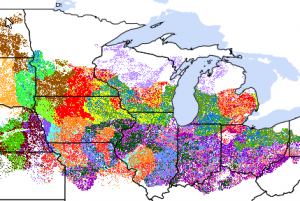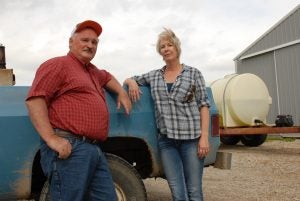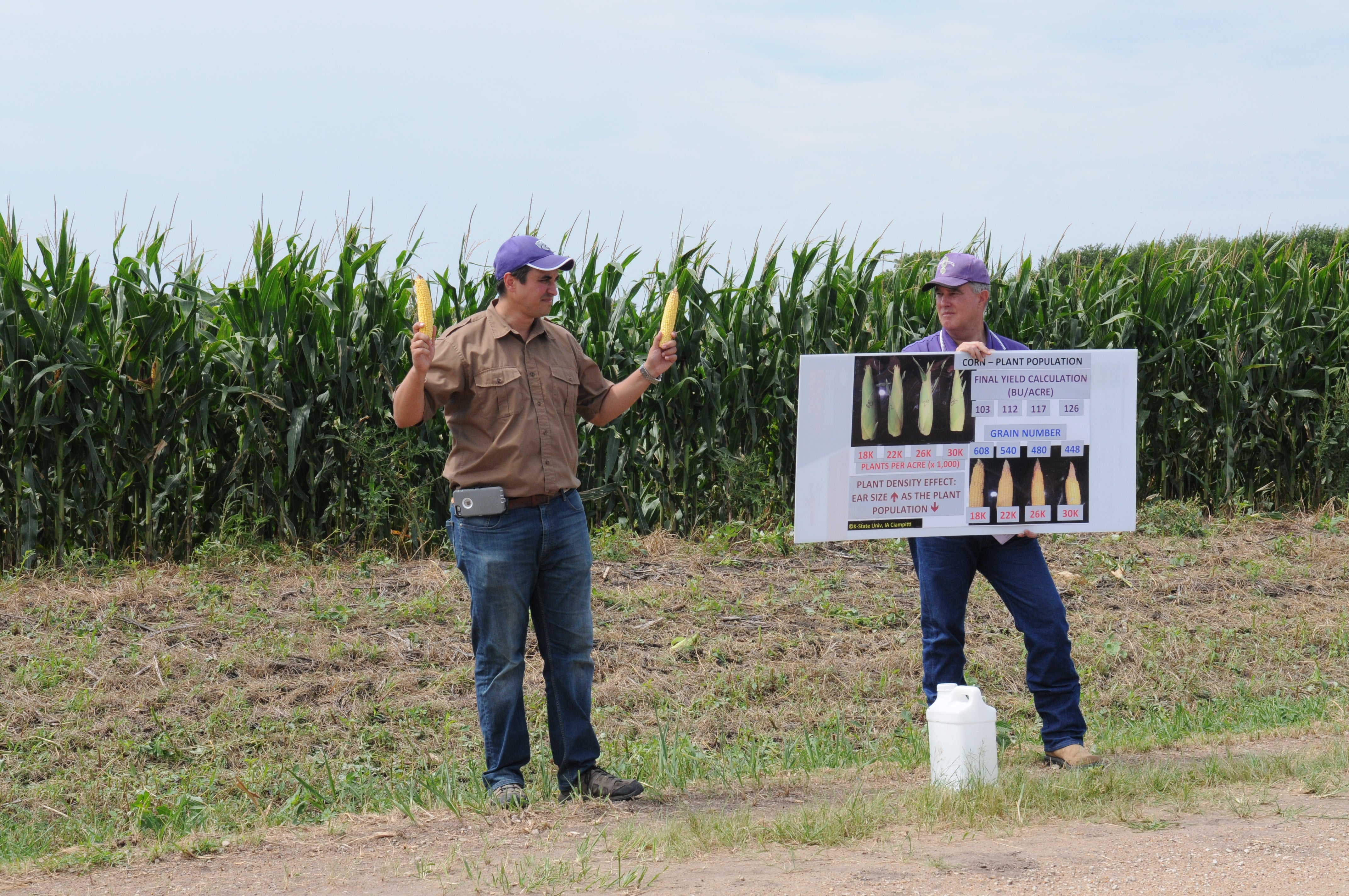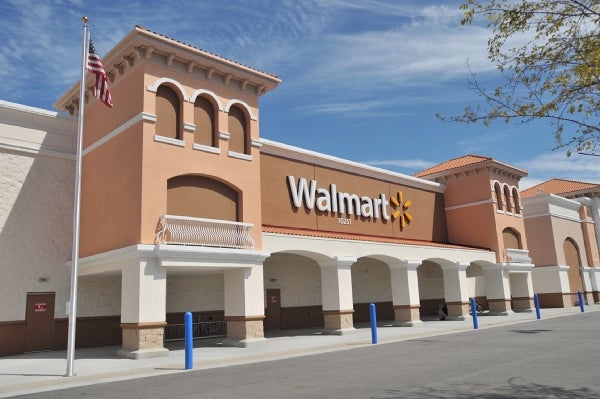One of the best parts of my job at Environmental Defense Fund is working with our farmer advisory network – a group of 19 producers who farm across the Corn Belt and Great Plains on operations ranging in size from about 5,000 acres to 30,000 acres.
They’re brilliant business people who know how conservation can benefit their bottom line. With their guidance, we’re making real progress aligning economic and environmental outcomes for agriculture.
Here’s how this unique partnership came about, and three of the most important areas of progress we’ve made through our collaboration over the past eight years. Read More













 Farmers are bombarded by product claims these days – and they need help.
Farmers are bombarded by product claims these days – and they need help.
 Amidst all the new tools and technologies being developed to make agriculture more sustainable, there is one tried and true method for testing on-site conservation practices that doesn’t get much attention: farmer networks.
Amidst all the new tools and technologies being developed to make agriculture more sustainable, there is one tried and true method for testing on-site conservation practices that doesn’t get much attention: farmer networks.


